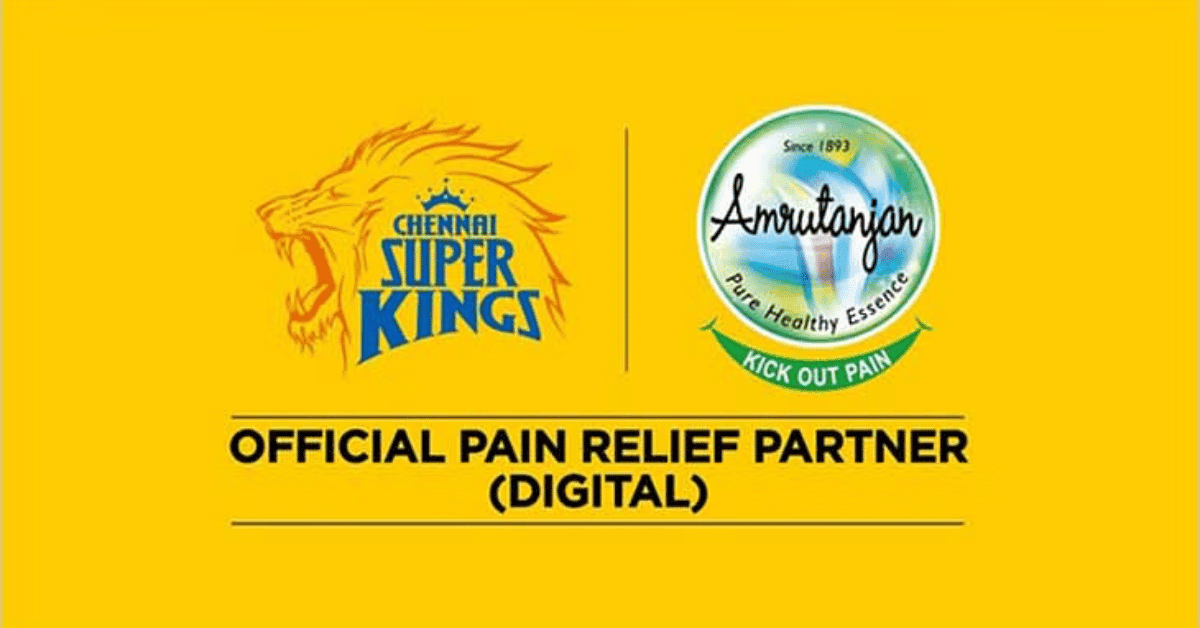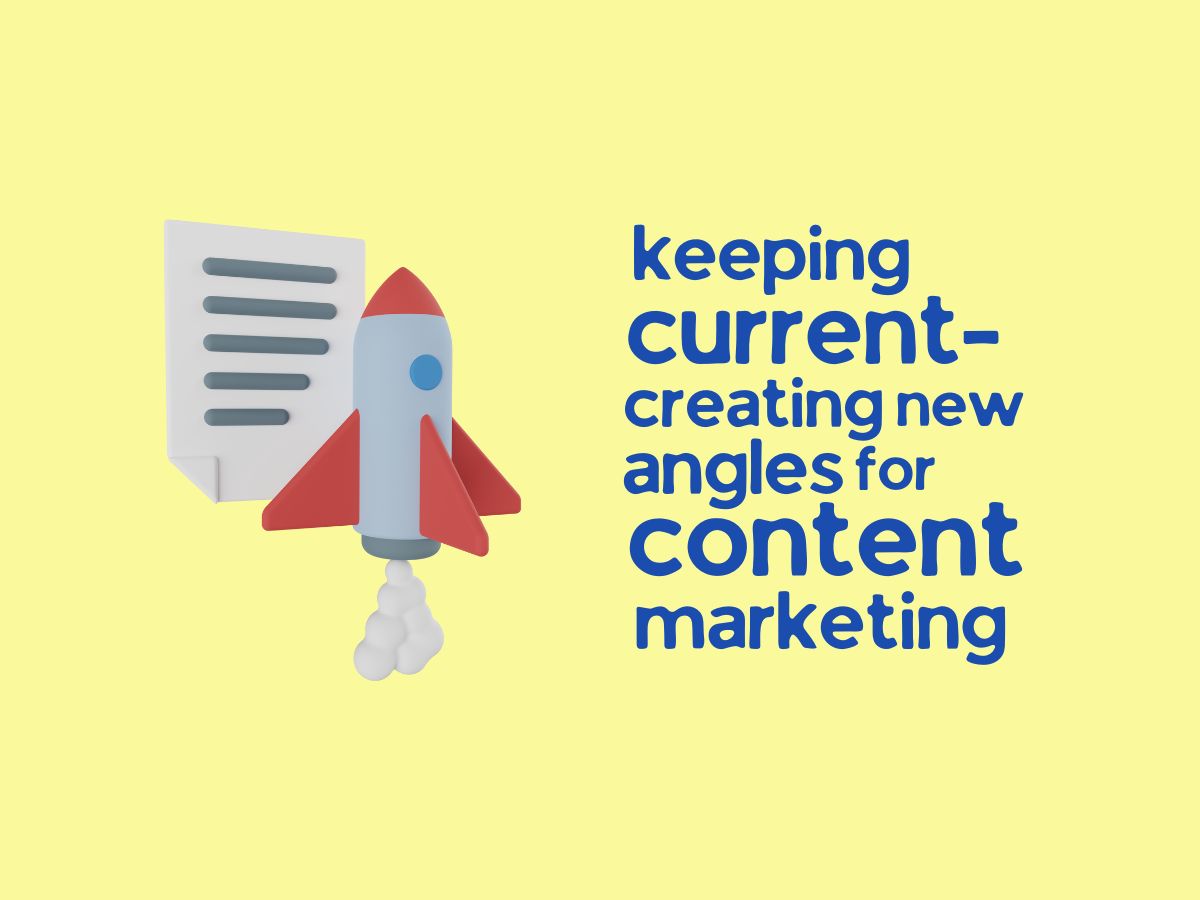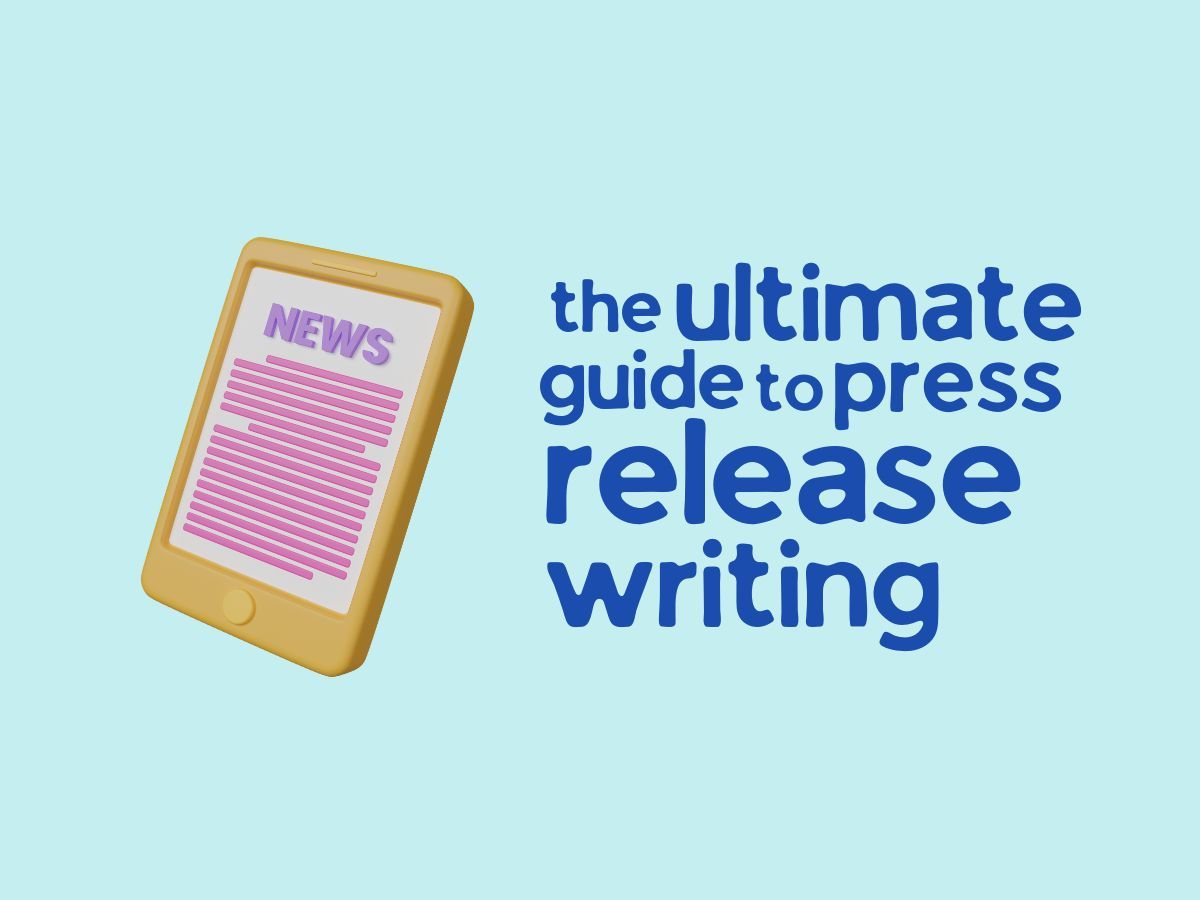There are a couple of trends within the Google Ads world that keep cropping up and catching our attention. While no one can make any promises, these four trends are good indicators of the direction PPC marketing will be headed in 2021. Check it out:
1. Hello, Trend Lines in Digital Advertising Spend
At first blush, the numbers don’t look great (see: Airlines). Back in Q2 2020, especially, at the outset of lockdown and quarantine, things looked downright grim. We mentioned the travel industry, in which paid search ad spend on Google declined by 47 percent.
Even though traditional advertising spend is going through some things, some people are still forecasting growth in 2021 digital ad budgets. This, despite the relative flux affecting so many ad budgets. According to the latest research from IAB, “buyers with at least ballpark budgets project +5.3 percent ad spend for FY2021 vs FY2020.” That’s a start! In its Global Digital Ad Spending Update Q2 2020, eMarketer predicts a 17 percent increase in digital ad spend for 2021.
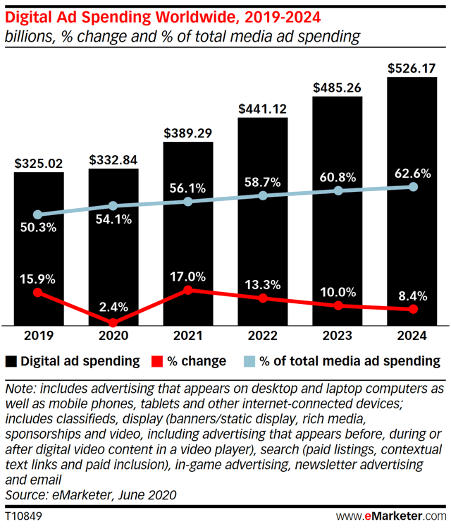
This might be why so many Google Ads people are predicting that any lulls in spend, cost, and competition will be short-lived—a “v-shaped recovery,” if you will. Indeed, many marketing teams already have their sights set on a 2021 bounce back, in which digital ads promise to play a prominent role.
After all, businesses still get a $2 return for every $1 they spend on Google Ads (according to Google Economic Impact). It remains an effective way to reach targeted audiences with highly targeted and timely ads, even while the global pandemic continues to grip the world.
2. Hello, Responsive Search Ads (RSAs)
A reduction in manual tinkering ought to be welcome news to the ears of any Google Ads professional. Which is exactly the idea behind responsive search ads (RSAs). Powered by Google AI, RSAs automatically optimize your headlines, ad copy, and CTA variations based on audience and search terms. All you have to do is supply the content (time to hire some copywriters).
Since their introduction in 2019, RSAs have proven quite effective. Here are a few data points to support that claim:
- Adzooma beta testing of RSAs created a 53.1 percent lift in conversion rate.
- In a comparative test ran by Adalysis, RSAs created better CTR vs. expanded text ads across the board.
- In another test from PracticalEcommerce, cost per click and cost per conversion were better using Google Ads RSAs.

Not bad right? Sometimes, machines, algorithms, and AI really are more efficient than their human counterparts. In fact, RSAs have proven so effective that Google is pushing to make RSAs the default option. The search engine behemoth might be phasing out expanded text ads altogether, so keep that in mind.
3. Speaking of Google Ads Optimization …
More broadly, the applications of artificial intelligence (AI) within the Google Ads space are becoming far more sophisticated. This should be welcome news for marketers looking to squeeze every ounce of return they can out of their digital advertising budgets in 2021.
First and foremost, AI has been shown to more accurately target audiences and reach them when they’re most ready to buy. New automation technologies can predict click-through rate (CTR) and conversions, giving marketing brass more time to guide strategy and shape messaging. Today, most of that magic is built right into your Google Ads platform, often without much fanfare.
One of the central developments that many PPC marketers are using to make their campaigns more effective is Google Smart Bidding. Essentially, Smart Bidding is Google’s way of helping marketers get more out of their ad spend through automated “bid strategies” powered by machine learning.
Now, does Google Smart Bidding do it all for you? Not quite. At a high level, though, Smart Bidding was developed to “set more precise bids tailored to each and every auction.” Where you take it is up to you, but there’s real potential to identify and act on trends, behavior patterns, and even seasonal changes much faster than a human might be capable of.
4. Behold, the Rise of Video Ads
Much the same way you can target topics, keywords, and demographics with traditional Google Ads, you can launch Google Ads video campaigns to surface timely ads while people consume their favorite YouTube videos. It’s yet another effective way to reach what has become a wide and deep pool of viewers.
Don’t forget, after all, YouTube is the world’s second-largest search engine. An estimated 60 billion U.S. users access YouTube daily. In the United States, YouTube has achieved a market reach of around 90 percent, with two billion logged-in users as of 2019. And engagement and views are at historic records, with YouTubers seeing 20-30 percent more views.
For brands trying to break in and expand their reach, YouTube is kind of like advertising at the Super Bowl.
Video ads are effective for a simple reason: you have a captive audience. Video ads are displayed while people are already looking at the screen watching their favorite videos, inherently driving more impressions and, potentially, engagement. With Google Ads, you currently have five options for video ads:
- Skippable in-stream
- Bumper
- Non-skippable in-stream
- Outstream
- Ad sequence
- We recommend you take a look at the create a video campaign section in Google Ads Help for more detail on how to take advantage of these different video ad types. Frankly, you could devote an entire role to this aspect of your PPC mix, depending on how far down the rabbit hole you want to go.
Updates and Changes You Should be Aware of
Trends are one thing, but there are some recent changes to the Google Ads platform itself that will have a bearing on your 2021 strategy. We’ve earmarked the five changes we think will be most impactful, and that we’re advising our own clients to consider.
1. Privacy Concerns Prompt Google to Limit Data Availability
The ability to derive intelligence around keywords, target audiences, and demographics is essential for PPC marketers. It’s how we strategize, optimize spend, and build out campaign creative. Unfortunately, at least for us, the pool of available data is going to get a bit smaller in 2021 and beyond.
In response to increased scrutiny around data privacy, including new legislation such as General Data Protection Regulation (GDPR), access to keyword and search query data will be even more limited in 2021. Google now limits the availability of search data, including query information in its widely used Search Terms Report. You’ll only be able to see data for terms “searched for by a significant number of users,” a change that has generated a fair amount of hubbub on the PPC forums.
Maybe this is a win for protecting user data, maybe not. Obviously, Google and other software giants see the impetus to respond to data privacy concerns. In fact, Gartner predicts that 80 percent of marketers will “abandon personalization” by 2025 due to worries about data and privacy blowback. And Search Engine Journal estimates that 91 percent of people are concerned about what data companies like Google are getting from them.
The debate rages on. For advertisers, the implications of this more limited data set are multifold. At a high level, filtering negative keywords, optimization tasks, and keeping campaigns as efficient as possible will all become more difficult. Just think about it: what good is knowing that someone clicked a PPC campaign target keyword without knowing the term that the user clicked? It makes allocating ad spend far more difficult.
2. Google Makes Shopping Ads Free, Worldwide
Of course, it’s not all restrictions and limitations. You’ve probably noticed the expansion of certain search engine results page (SERP) experiences on Google to include a shopping tab. This is where companies can display product listings for certain keyword searches and, potentially, drive traffic to their marketplaces (and capture more sales).
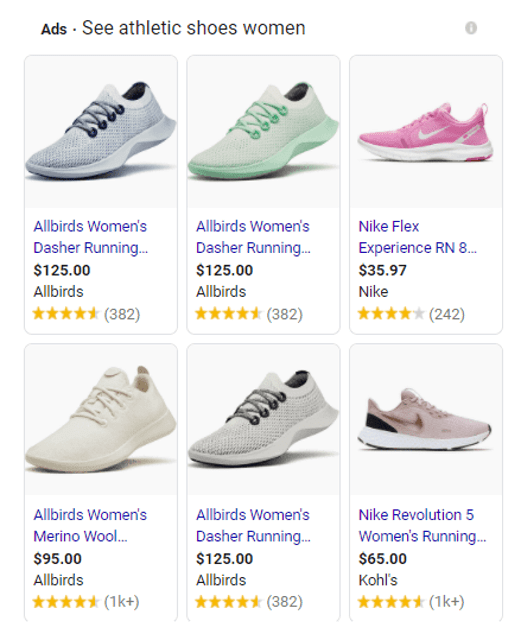
It’s now free for all businesses to sell on Google, which means paid campaigns can now be augmented with free listings.
In the past, merchants would have to pay to put listings on Google. Now, Google is opening the floodgates: the company recently announced that it’s free for all businesses to sell on Google. For a search engine that gets “hundreds of millions of shopping searches” every day, this is a big leveling of the playing field—and a tremendous opportunity for businesses to get their slice of the pie.
Shopping ads are sort of a big deal. According to data from Smart Insights, shopping ads drive more than 76 percent of retail search ad spend, while generating more than 85 percent of all clicks on Google Ads or Google Shopping campaign ads. There’s just a whole heck of a lot of people who come to Google looking to shop.
Here’s Bill Ready, President of Commerce at Google:
“For advertisers, this means paid campaigns can now be augmented with free listings. If you’re an existing user of Merchant Center and Shopping ads, you don’t have to do anything to take advantage of the free listings, and for new users of Merchant Center, we’ll continue working to streamline the onboarding process over the coming weeks and months.”
At a basic level, advertisers have an opportunity to surface their product listings in unpaid Google search experiences. So for the eCommerce folks, we recommend getting set up with Merchant Center and checking out the prerequisites needed to take advantage of free shopping ads. As Ready points out, advertisers already using Shopping ads will be able to augment their campaigns with free listings, providing more ways to reach target audiences and drive conversions.
3. New Custom Audience Tools for Better Segmentation and Targeting
Remember when you used to have to configure custom intent and custom affinity separately? Google just combined both into a single “custom audiences” tool available in Audience Manager. Essentially, Google has streamlined your ability to target people through YouTube, Gmail, Display, and Discovery ads, while making this form of personalization a bit more transparent for the end user.
This is Google’s way of automatically choosing the right audiences for your ad campaigns based on all of the information you specify. In terms of keyword targeting, you can now target based on “People with any of these interests or purchase intentions” and/or “People who searched for any of these terms on Google properties (such as Google.com and YouTube)”.
Again, this is yet another development in the move toward intent-based targeting and personalization, which Google is getting really, really good at. From a strategic standpoint, now is probably the time to revisit your Google Ads audiences through the lens of interest, intent, and keyword searches.
We recommend that you see About audience targeting for more information directly from the source.
4. YouTube and Discover Lead Capture
We mentioned the impact of video in the first section. Assuming YouTube and Discover are part of your Google Ads mix, you’ll want to tune into this update to Google Ads. Now, using extensions, you can capture leads directly from Google Ads campaigns on YouTube and Discover. This assumes, of course, you meet Google’s eligibility requirements (USD 50,000 total ad spend in Google Ads being the biggy among them).
Embedding a lead capture form in an ad that displays after a user expresses interest is just a better journey, when you think about it. Rather than sending someone off to a landing page, which requires more effort on their part and yours, why not give them the form directly? All you have to do is put together the ad creative, tell Google Ads whether you want more leads or more high-intent leads, and configure the field you want to be included in your forms.
5. Start the Countdown and Unleash Your Image Extensions
While it’s not quite as splashy as RSAs or the ability to capture leads from Google Ads, “countdowns” are an exciting new twist to Google Ads (see: Highlight upcoming events with countdowns). Essentially, you can now add countdowns to your ad text, alerting users to special events or offers that are coming to a close at a certain time.
Countdowns are yet another way to capture attention and build urgency with your ads. The most obvious use case is within the eCommerce space, where apparel vendors, for example, can compel people to click through and shop for seasonal sales that are closing soon.
That’s not all! As noted in Search Engine Land, you can now add image extensions to certain Google Ads as well, a “single right justified image alongside your ad.” Honestly, we think it looks great and gives advertisers yet another way to spice up their ads and win eyes on what have become rather crowded pages. Between image extensions and countdowns, vendors have plenty of tactics to get more people clicking through to their pages from ads.
Big Takeaway: Targeting and Timeliness Matter
There’s just no getting around it: PPC advertisers—or any marketers, really—need to roll up their sleeves and do the hard work of closely defining their audiences. Of getting to know who their target market is, when their time of need occurs, and what they need to hear in that time of need to take action.
Looking back at the Google Ads trends and updates that we’ve earmarked for 2021, this timeliness and audience targeting emerges as a common theme throughout. Matt Gove, Chief Consumer Officer of Piedmont Healthcare, put it nicely in a recent interview with Cardinal Digital Marketing:
“We still use digital as much or more than any other channel. Specifically search, we spend a great deal, like a shocking amount of money, on trying to own search. Because we know healthcare is one of those disciplines where people do a great deal of searching at the time of need. So we’ve got to be able to capture people’s attention while they’re there, but we’re also doing more and more these days.”
“Searching at the time of need” should be plastered on the wall, cubicle, and window of PPC marketers, shouldn’t it? Chryssa Rich, Director of Marketing for Primary Health Medical Group, echoes this sentiment in another interview with Cardinal:
“We run lots and lots of Google ads. They all have outstanding click-through rates. Our best performing ads have about a 14 percent to a 15 percent click-through rate because we get really specific and really focused on when and where those ads are delivered and what the people are searching for.
Again, what Chryssa and Matt are telling us is that they find the most success when they can get really specific about the when, where, and who of their Google Ads campaigns. To us, this remains the fundamental underpinning that will guide PPC marketers in 2021 and beyond, no matter how the tools and tactics themselves evolve.







